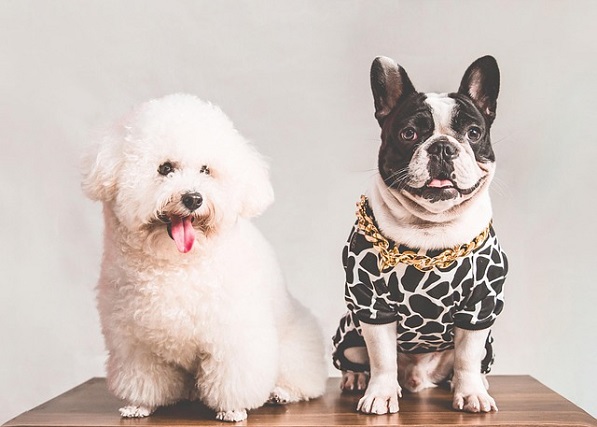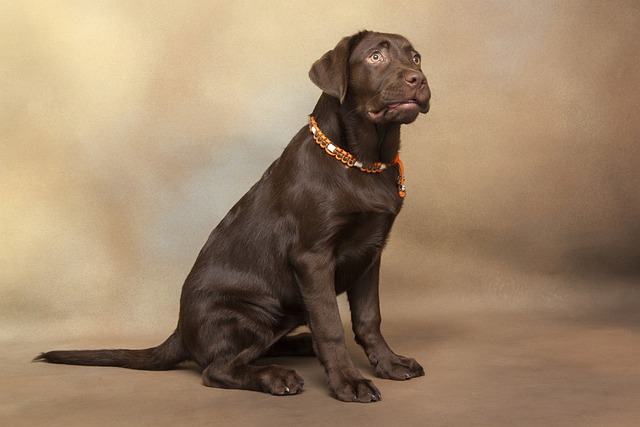
Do dogs learn fetch naturally?
The first time you toss a ball and watch your dog's eyes light up feels like magic. But does that eager chase mean they instinctively“get”the game of fetch?
You’ve finally got your adorable puppy ready for a walk, but as soon as you step outside, they’re pulling on the leash like they’re in a dog - sledding race. It’s frustrating, and you’re probably wondering How to stop a puppy from pulling on a leash when walking? With the right approach, you can turn those chaotic walks into enjoyable outings for both you and your furry friend.
First and foremost, understanding the root cause of pulling is key. Puppies are naturally curious and full of energy. The outside world is a vast playground filled with exciting smells, sights, and sounds, and they can’t wait to explore it all at once. But pulling on the leash isn’t just inconvenient—it can also be dangerous. In many Western regions, ensuring your dog’s safety and the safety of others during walks is not just a matter of courtesy but also related to local regulations. For example, if your puppy pulls you into traffic or onto someone’s property, it can lead to accidents or complaints. That’s why proper leash training is essential.
Positive reinforcement is the most effective way to teach your puppy not to pull. Instead of yanking on the leash or scolding them when they pull, which can create fear and make the problem worse, focus on rewarding good behavior. When your puppy walks calmly beside you, even for just a few steps, immediately offer a small, tasty treat, like a piece of chicken or a tiny dog biscuit. Shower them with praise and a gentle pet. Over time, your puppy will learn that walking nicely on the leash leads to positive rewards. This method aligns with the animal welfare culture in the West, where punishment - free training is encouraged to build trust and a strong bond between you and your pet.

The right equipment can also make a big difference. Consider using a no - pull harness, which is designed to distribute pressure across your puppy’s chest instead of their neck. When your puppy tries to pull, the harness gently redirects their body, making it more difficult for them to charge forward. For instance, a front - clip no - pull harness can be especially effective. When your Labrador puppy lunges towards a squirrel, the harness will turn them towards you, interrupting their pulling motion. Make sure the harness fits properly—you should be able to slip two fingers comfortably under the straps.
If you live in an apartment, practice leash training indoors first to minimize distractions. Walk around your living room or hallway, rewarding your puppy for staying close and walking calmly. As they get better at it, gradually move to quieter outdoor areas, like a less - busy park or a residential street. In an apartment building, it’s important to keep your puppy under control to avoid disturbing neighbors. A well - trained puppy that walks quietly on a leash is more likely to be welcomed in shared spaces.
When out in the community, always follow proper dog - walking etiquette. Keep your puppy on a leash in areas where it’s required, and clean up after them promptly. Failing to pick up after your dog can result in fines in many localities and is considered poor pet - owner behavior. Also, be mindful of other pedestrians, cyclists, and fellow dog owners. If your puppy starts to get overly excited or pull when approaching others, use the positive training techniques you’ve practiced, like calling their name and rewarding them when they look at you or come back to your side.
In conclusion, stopping your puppy from pulling on the leash requires patience, consistency, and positive training methods. By understanding why they pull, using the right equipment, practicing regularly, and being a responsible pet owner in the community, you’ll soon be enjoying peaceful, enjoyable walks with your well - behaved puppy.

The first time you toss a ball and watch your dog's eyes light up feels like magic. But does that eager chase mean they instinctively“get”the game of fetch?

You’ve scrolled through social media and seen adorable pictures of dogs striking yoga poses, and you’re left wondering: Can you teach a dog to do yoga?

Stuck watching impressive agility competitions online from your couch in Chicago or your apartment in Austin, wishing your pup could join the fun?

Picture this: a sunny Saturday at your local park, maybe somewhere like Central Park if you’re in NYC, watching dogs zip through tunnels and weave poles with pure joy.

There’s nothing quite like watching your dog dash across the yard, retrieve a ball, and bound back to you with a wagging tail. Teaching your dog to fetch isn’t just a fun party trick—it’s a great way to bond and keep them active.

Imagine your energetic Australian Shepherd pup clearing couch cushions in a single bound – that natural talent might tempt you to start agility immediately.